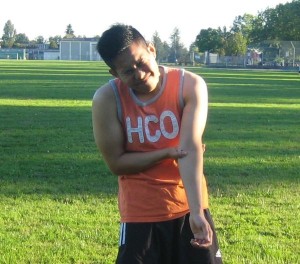When it comes to forearm fractures, there are certain considerations that you have to be well aware of in order to promote proper healing of the injury as well as prevent further injury on the affected arm.
Forearm fractures are less common injuries
In most cases, when an individual falls on an outstretched hand, he/she will surely sustain a distal radius or wrist fracture since the bone is relatively weaker in that area. On the other hand, if excessive force is involved, the bone has the tendency to break through the shaft where the cortex is thicker, resulting to a forearm fracture. Forearm fractures are more likely to occur during vehicular accidents and skateboarding.
Always seek emergency care

If an individual is suspected with a forearm fracture, it is important to seek immediate emergency care as soon as possible. Forearm fractures can cause a certain degree of deformity particularly in cases in which both of the forearm bones (ulna and radius) are broken.
Always remember that this type of injury is an unstable fracture. There is a possibility of nerve damage especially if the arm is allowed to move. When the individual is taken to the emergency department, an X-ray will be taken to determine the pattern of the injury. A splint will be applied in order to stabilize the bones until a definitive treatment can be provided. The affected arm must be elevated to minimize the swelling. Take note that the splint will temporarily prevent further injury while at the same time prevent swelling and bleeding.
If the individual continues to experience pain, it is best to seek medical care. Always remember that once a splint is applied, the pain should reduce. In case of severe swelling, it can disrupt the circulation to the forearm muscles. This is considered as an orthopedic emergency that entails urgent surgery to release the pressure.
Restoration of the radial bow
Always remember that the radius is a forearm bone that revolves across the ulna once the individual turns his/her palm up and down. Take note that there is a moderate bow or curve in the bone that permits this. When a fracture is sustained, it can disrupt the normal outline of the bone thus limiting or preventing the rotation of the forearm which can be debilitating.
A cast is required for children
If a forearm fracture occurs among children, they have a higher chance to heal and increased ability to remodel. The bone can grow in line with the forces they are subjected to. Most of these forces endured by the forearm are axial or in line with the bones. As a result, the bones can remodel or straighten as they grow longer. Nevertheless, this can only occur while the growth plates are still open. The moment the growth plates are fused, the bones can still heal but they will not grow any longer and deformities are not corrected anymore. Due to this, most children with forearm fractures can be treated with a long arm cast and can take up to six weeks to fully heal.
